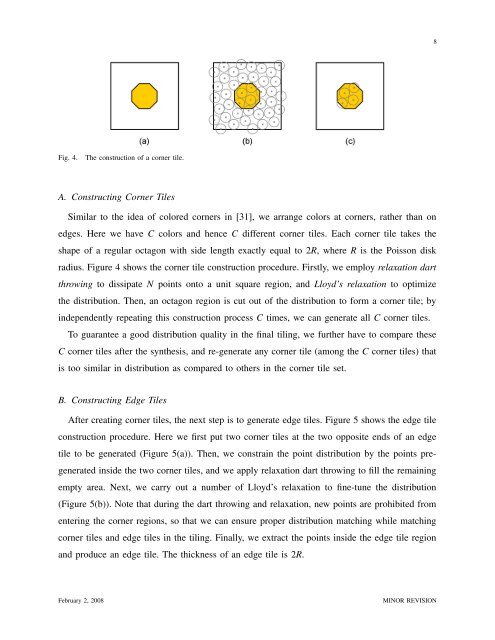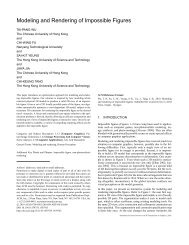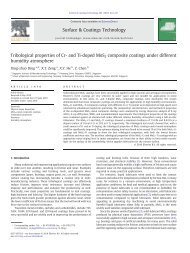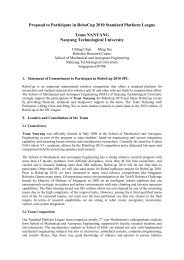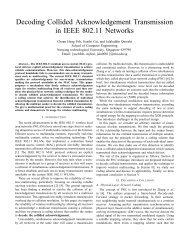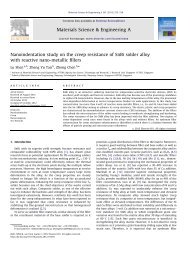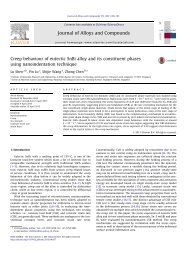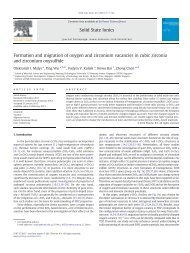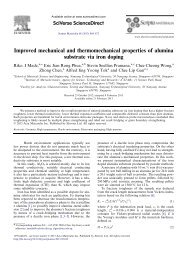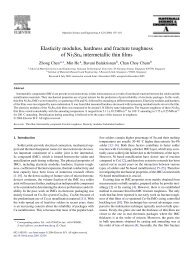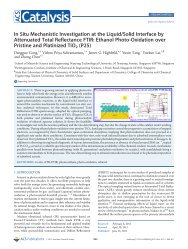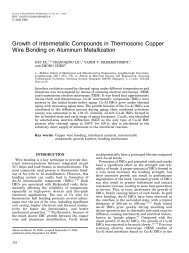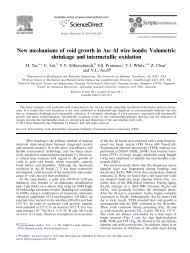ptdist - Nanyang Technological University
ptdist - Nanyang Technological University
ptdist - Nanyang Technological University
Create successful ePaper yourself
Turn your PDF publications into a flip-book with our unique Google optimized e-Paper software.
Fig. 4. The construction of a corner tile.<br />
A. Constructing Corner Tiles<br />
Similar to the idea of colored corners in [31], we arrange colors at corners, rather than on<br />
edges. Here we have C colors and hence C different corner tiles. Each corner tile takes the<br />
shape of a regular octagon with side length exactly equal to 2R, where R is the Poisson disk<br />
radius. Figure 4 shows the corner tile construction procedure. Firstly, we employ relaxation dart<br />
throwing to dissipate N points onto a unit square region, and Lloyd’s relaxation to optimize<br />
the distribution. Then, an octagon region is cut out of the distribution to form a corner tile; by<br />
independently repeating this construction process C times, we can generate all C corner tiles.<br />
To guarantee a good distribution quality in the final tiling, we further have to compare these<br />
C corner tiles after the synthesis, and re-generate any corner tile (among the C corner tiles) that<br />
is too similar in distribution as compared to others in the corner tile set.<br />
B. Constructing Edge Tiles<br />
After creating corner tiles, the next step is to generate edge tiles. Figure 5 shows the edge tile<br />
construction procedure. Here we first put two corner tiles at the two opposite ends of an edge<br />
tile to be generated (Figure 5(a)). Then, we constrain the point distribution by the points pre-<br />
generated inside the two corner tiles, and we apply relaxation dart throwing to fill the remaining<br />
empty area. Next, we carry out a number of Lloyd’s relaxation to fine-tune the distribution<br />
(Figure 5(b)). Note that during the dart throwing and relaxation, new points are prohibited from<br />
entering the corner regions, so that we can ensure proper distribution matching while matching<br />
corner tiles and edge tiles in the tiling. Finally, we extract the points inside the edge tile region<br />
and produce an edge tile. The thickness of an edge tile is 2R.<br />
February 2, 2008 MINOR REVISION<br />
8


